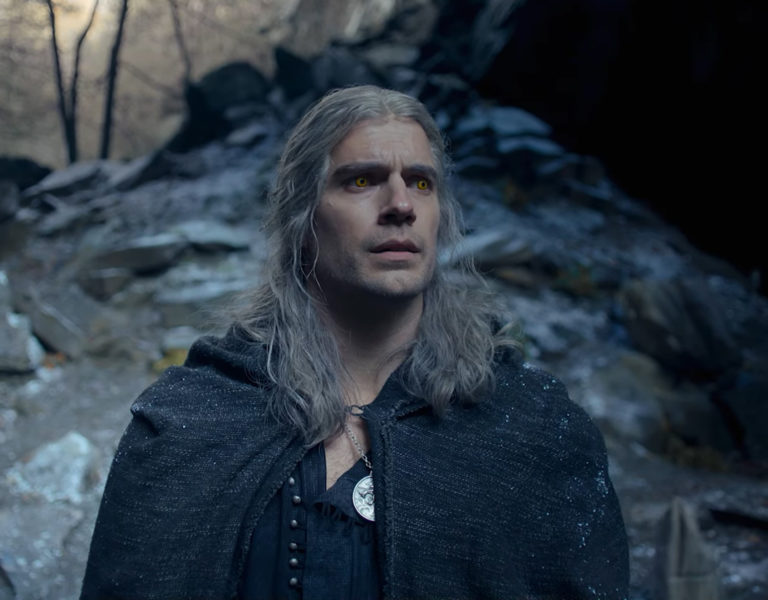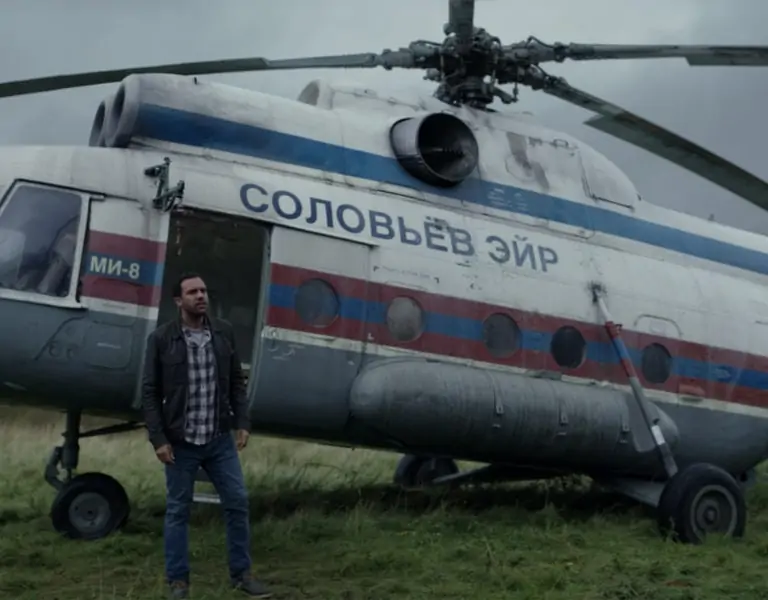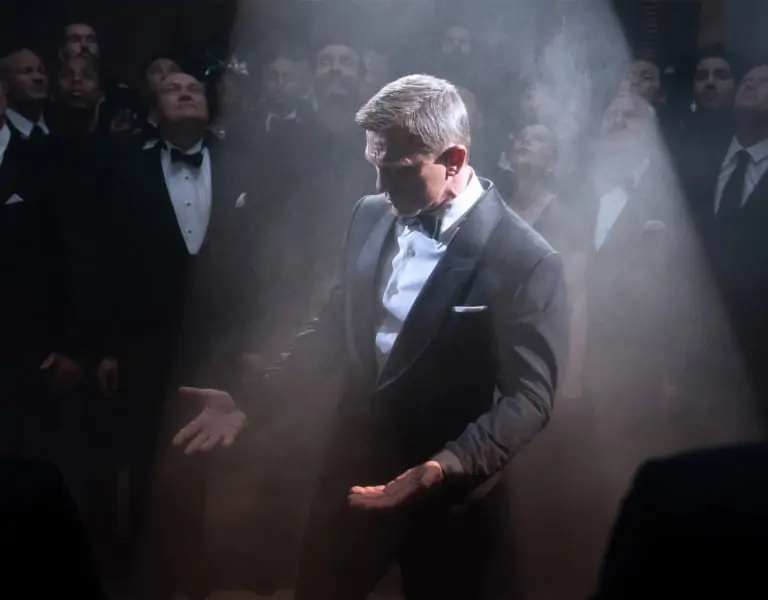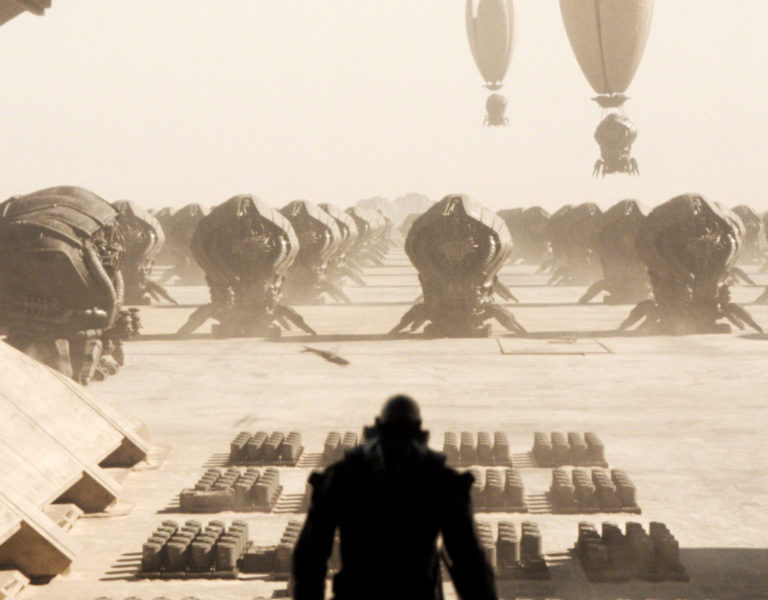Behind the visual effects of Fifteen Love
Mar 25, 2024
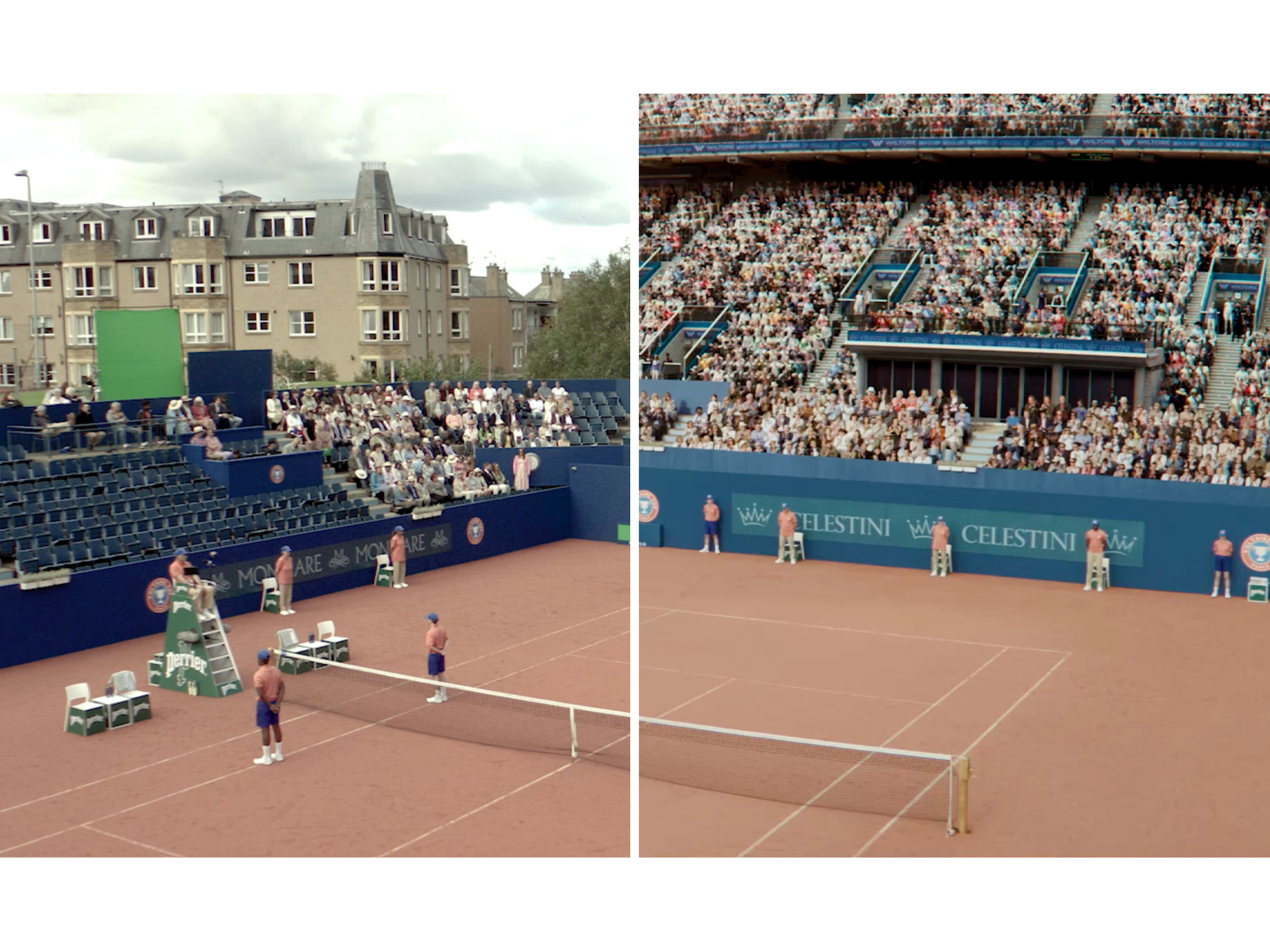
In the Summer of 2020 Liz Binns, the Head of Production at World Productions contacted me about Fifteen Love, we discussed shooting the VFX for the drama and the possibility of shooting at non-Grand Slam locations and VX providing stands, crowd duplication and set extensions to make the shots look like they were at Grand Slam locations.
Fast forward to summer 2021 and we were having advanced meetings regards creating stadiums for London and Paris and shadow tennis play for actors whom might not necessarily be professional tennis players.
Like all of our productions we got very involved in early planning, working hard with the Directors of Photography, Steven Cameron and David Pimm as well as Natasha Romaniuk, Jake Lushington, Tania Elkington, Toby Macdonald, Eva Riley, Aden Turner and all within Production. It was an exciting time, It was post covid and it seemed we were free to do what we do again…
Clearly the big focus for VFX was how do we create the Grand Slam locations and actually play tennis in them. It was a mammoth task but one we relished. Working hard with Production we decided to shoot Eastbourne for the Paris stadium and Edinburgh for the London stadium. The Flying Colour Company attended both locations with VFX supervision provided by TFCC’s Creative Director Dom Thomson. Dom worked closely with David and Steven to ensure we achieved what was required for VFX as well as not being a burden on the camera department and slowing the shoot. This is something we feel passionate about at TFCC, we love to collaborate with Production but we are always mindful of not over stepping the mark and becoming a VFX irritation.
As we provide all of our own VFX pulls from the original camera rushes, we are easily able to provide tests for Production throughout the shoot to make sure we are all on the same page and also ensure we can secure the expectation.
Once in post we set about creating the exterior and interiors for both stadiums along with their relevant environments. This involved building the stadiums in 3D using Maya, then providing match move, lighting and an enormous amount of crowd simulation as well as crowd duplication. Once happy with the models, in 2D using Flame we then composited the model assets into their intended background plates along with other relevant background action. As part of the compositing, we also then added the live action tennis court plates that had been shot at both Eastbourne and Edinburgh. Both stadiums were 100% built in our 3D dept meaning that as well as the high fly over shots we could also go inside the stadiums and play grand slam tennis! Therefore, providing multiple angles of play and also really get inside the high drama of playing grand slam tennis and dramatise the complexities and sheer size and volume of the interior of the stadiums along with the crowd and also with the actual live action practical tennis shot at Eastbourne and Edinburgh, into the stadiums. This would prove complicated in not just creating large scale buildings but also removing buildings beyond the live action without chroma keying and also an enormous amount of animation as well as tracking the sun and shadows etc throughout the games.
Also working hard with Steven and David to ensure we achieved their goal in post, again this is something we feel strongly about, not least as our Creative Director Dom, is the son of Cinematographer, Mike Thomson. Over the years Dom learnt camera techniques from his father and has gone onto mould them for VFX and in doing so we have built a reasonably healthy camera dept at TFCC, which we use for most of our productions, usually for harvesting elements but sometimes for second unit shoots enabling the professionals to concentrate on Principle Photography.
The amazing professional tennis coach trained the actors to play high competition tennis but without the balls so they could concentrate on the action. Then in post we composited 3D balls to the shots, this might sound easy but it came with its own challenges as we had to make the balls interact with the rackets, court, nets and any other interaction and in some shots there were multiple games taking place across the background courts. It also meant we had to learn about ball speed, spin and pretty much learn how to play tennis.
Other VFX work included, adding grass to grass courts, multiple pitch duplications for the outer courts, building and other environment builds, screen comps and lots of clean-up work, in total there were around 500 shots, with 29 stadium shots, a DMP for Saint Petersburg and 203 shadow tennis ball shots.
At one point our entire 3D and 2D teams were working on the show, across both of our buildings on Carnaby Street, we thoroughly enjoyed ourselves and are very proud at what the team achieved.
–
By Simon Wilkinson, managing director, The Flying Colour Company Ltd







